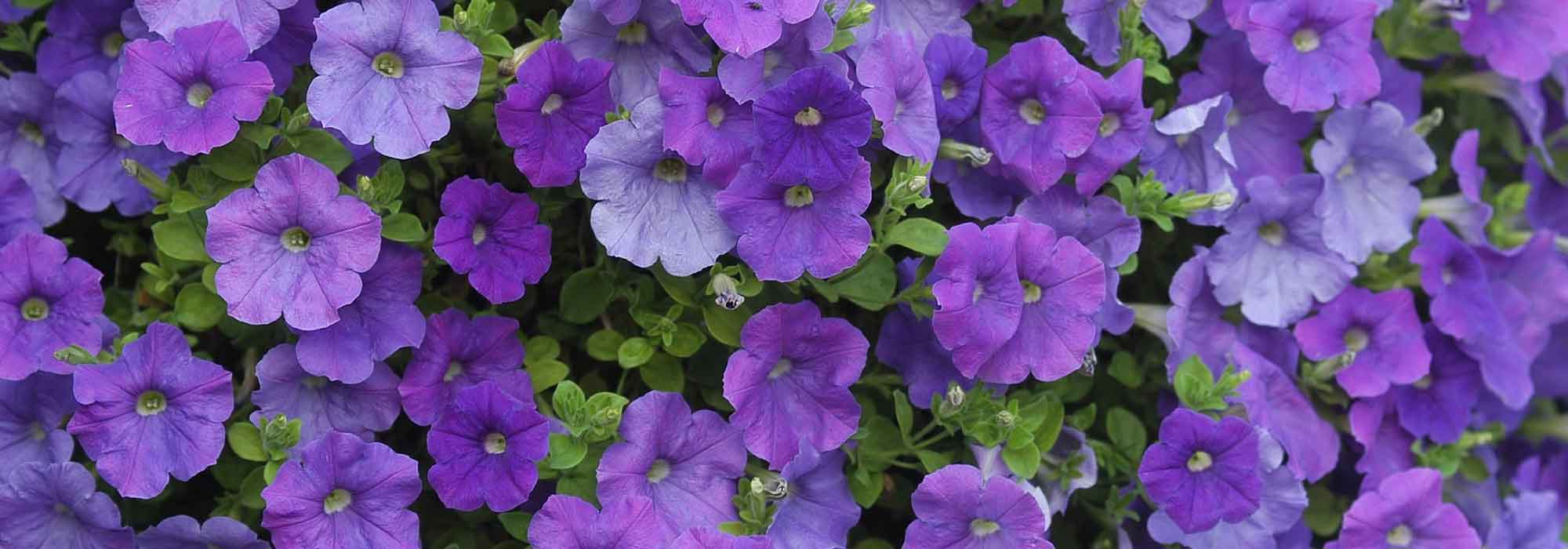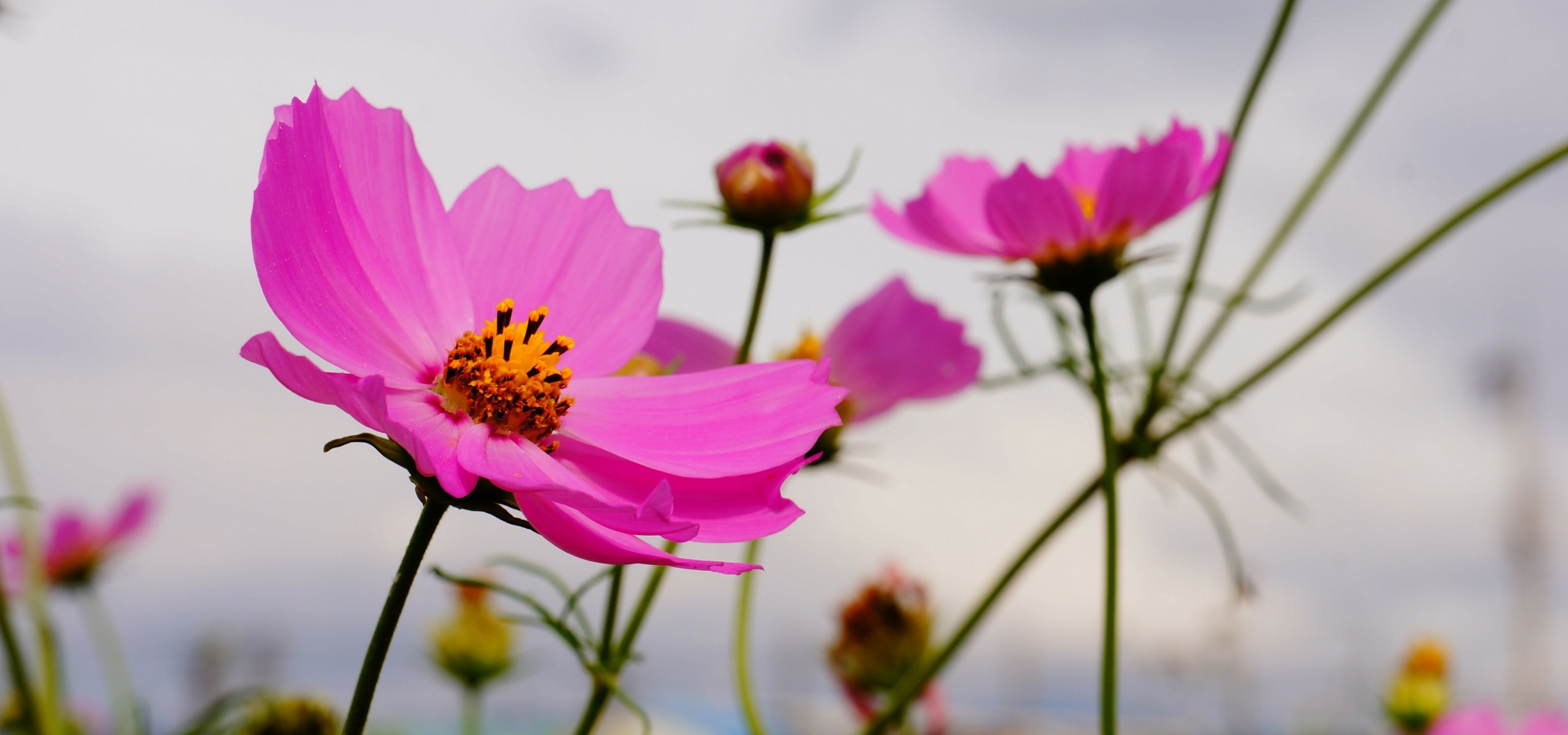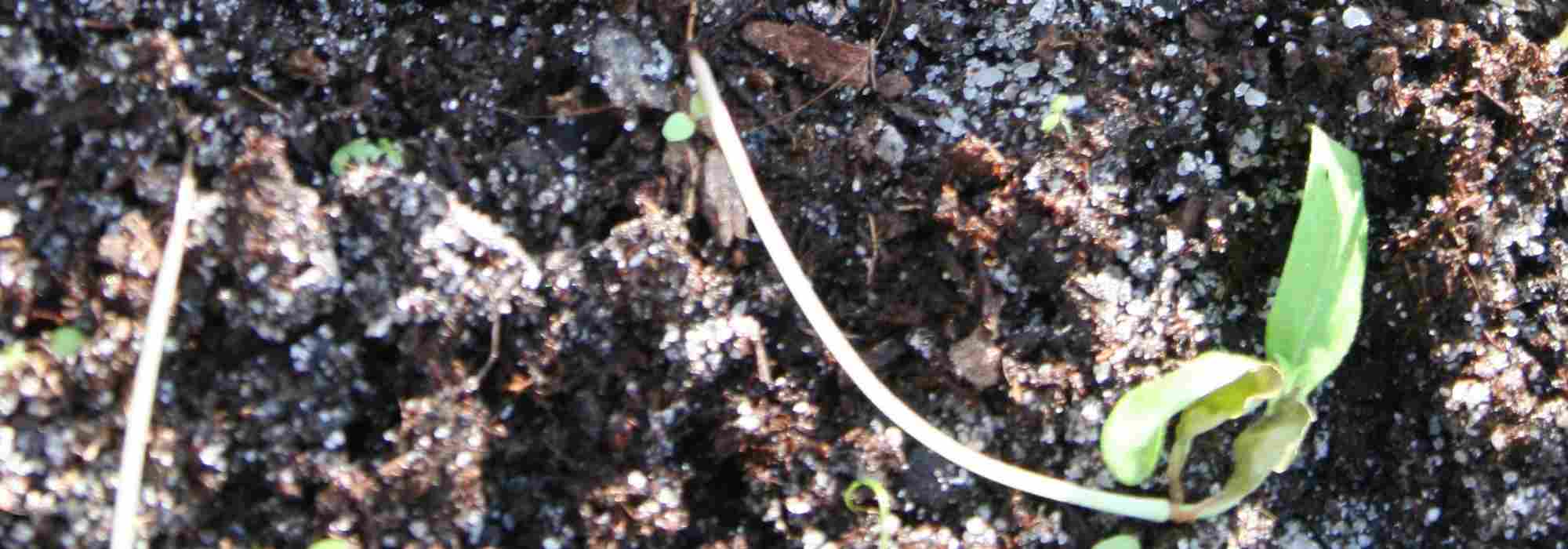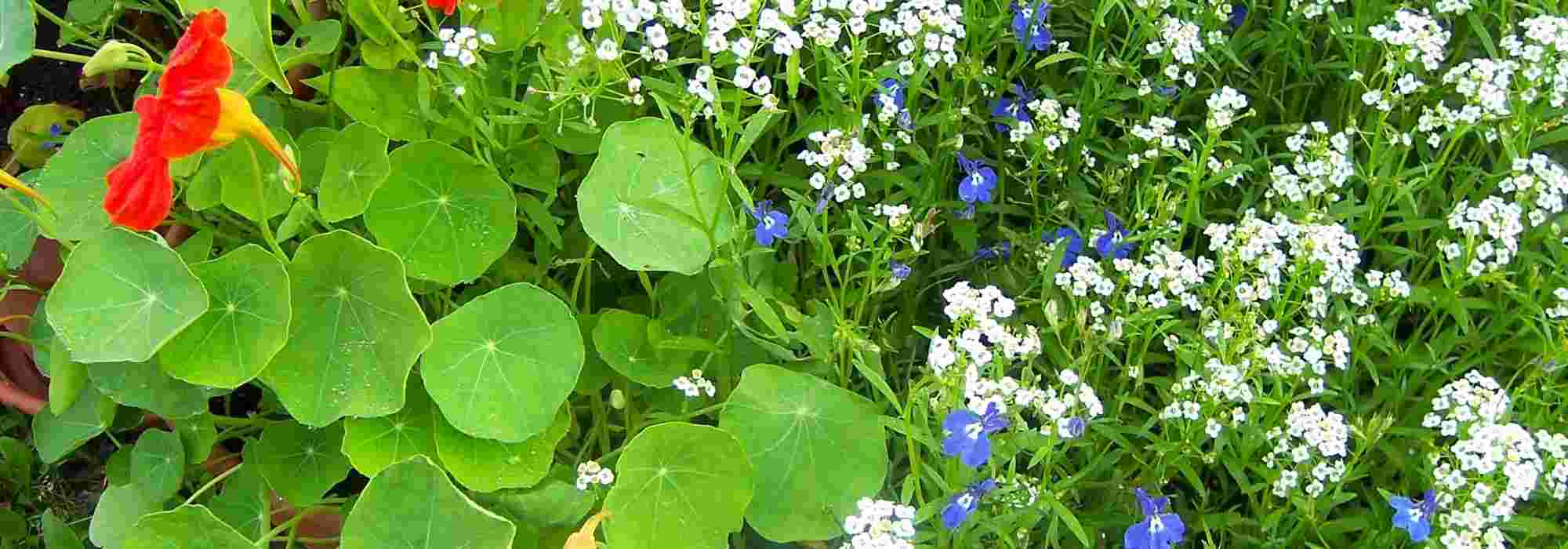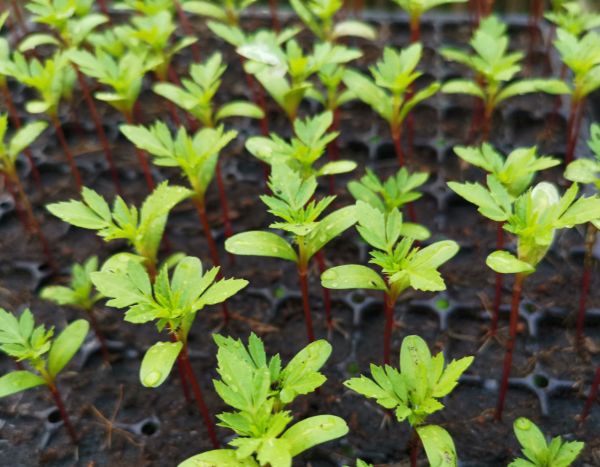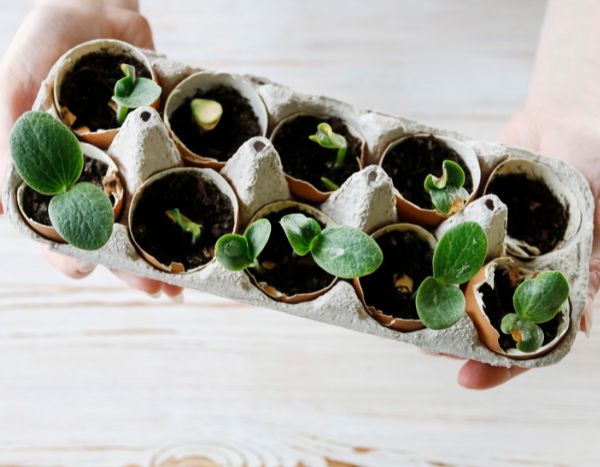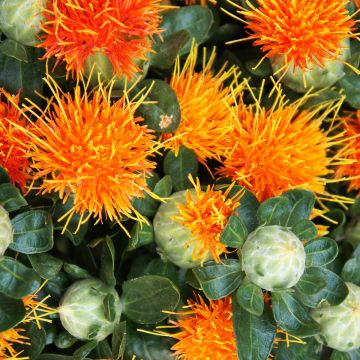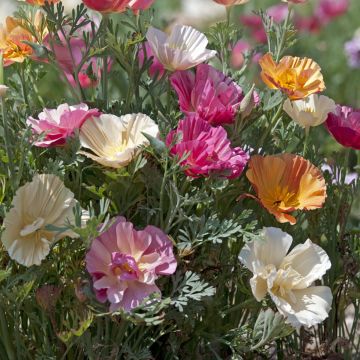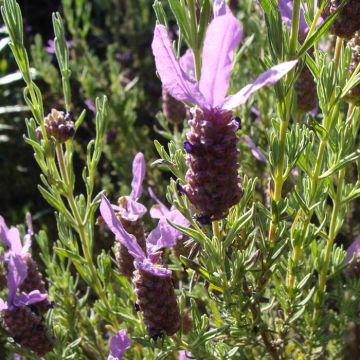

Petchoa hybrida Caliburst Yellow seeds
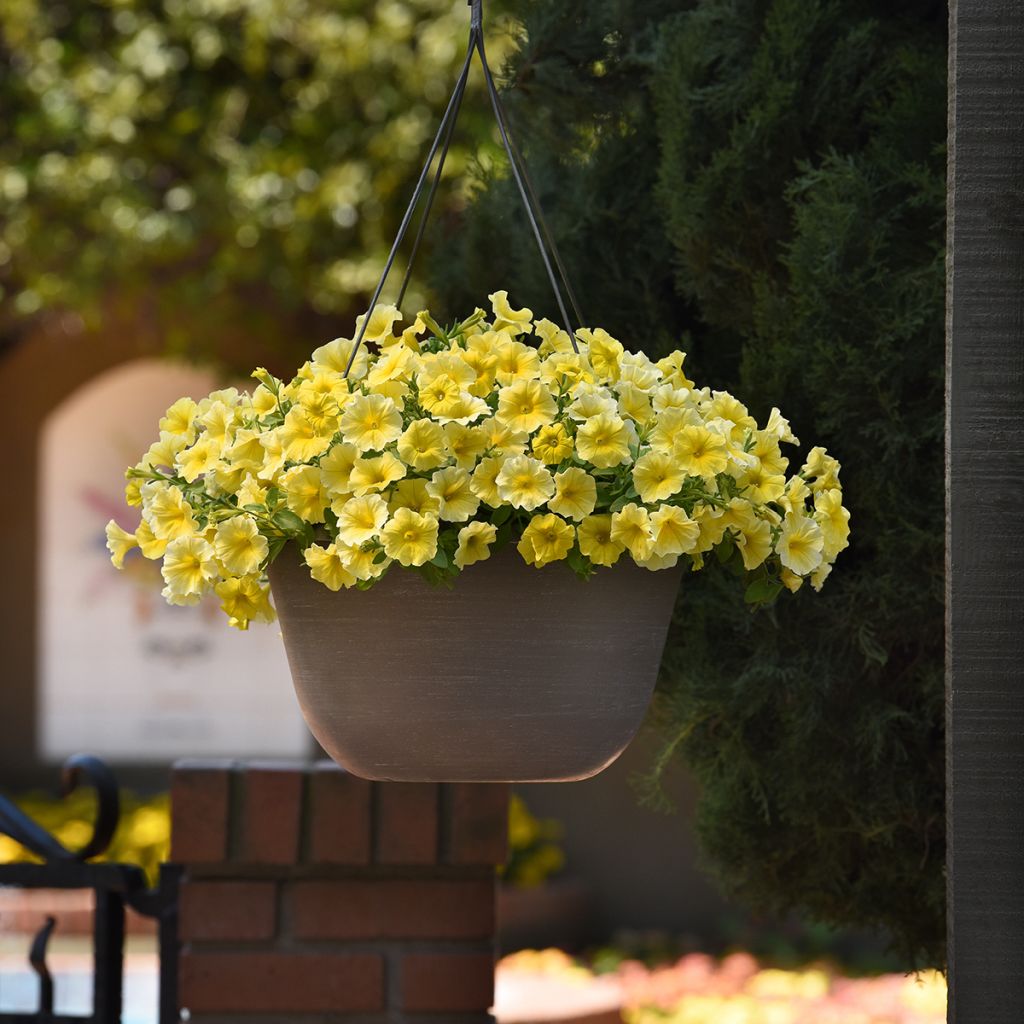

Petchoa hybrida Caliburst Yellow seeds
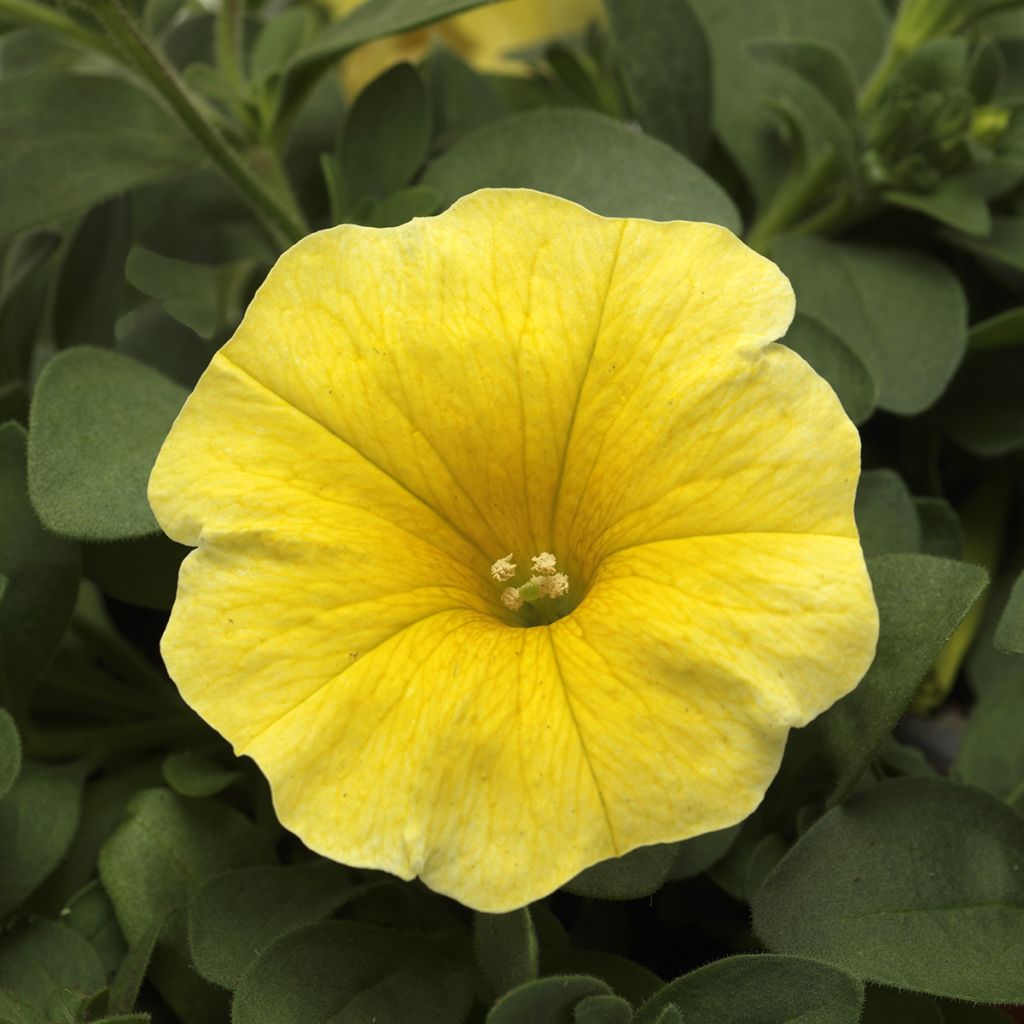

Petchoa hybrida Caliburst Yellow seeds
Petchoa hybrida Caliburst Yellow seeds
Petchoa x hybrida Caliburst Yellow
Special offer!
Receive a €20 voucher for any order over €90 (excluding delivery costs, credit notes, and plastic-free options)!
1- Add your favorite plants to your cart.
2- Once you have reached €90, confirm your order (you can even choose the delivery date!).
3- As soon as your order is shipped, you will receive an email containing your voucher code, valid for 3 months (90 days).
Your voucher is unique and can only be used once, for any order with a minimum value of €20, excluding delivery costs.
Can be combined with other current offers, non-divisible and non-refundable.
Home or relay delivery (depending on size and destination)
Schedule delivery date,
and select date in basket
This plant carries a 6 months recovery warranty
More information
We guarantee the quality of our plants for a full growing cycle, and will replace at our expense any plant that fails to recover under normal climatic and planting conditions.
Would this plant suit my garden?
Set up your Plantfit profile →
Description
Growing x Petchoa 'Caliburst Yellow' from seed allows you to grow this remarkable hybrid plant at a lower cost, born from the cross-breeding between a petunia and a calibrachoa, offering vibrant and long-lasting flowering. Its spreading and slightly trailing habit, combined with its large bright yellow flowers with a golden centre, make it an ideal choice to brighten up planters, hanging baskets and flower beds. This tender perennial is usually grown as an annual and appreciates a sunny or lightly shaded position and well-drained, fertile and moist soil. It tolerates summer heat, but dislikes excess stagnant moisture or temperatures below -5°C. Very floriferous and easy to grow, it is a useful plant for long-lasting summer decoration.
x Petchoa ‘Caliburst Yellow’ is an intergeneric hybrid resulting from the cross-breeding between Petunia and Calibrachoa, belonging to the Solanaceae family. The Petunia genus includes 35 species of herbaceous, perennial or annual plants, native to the tropical regions of South America and particularly Brazil. Calibrachoas are tender perennial plants often grown as annuals. Very similar to petunias, they differ in the number of chromosomes that make up their genetic heritage and some morphological characteristics; their flowers are smaller, their vegetation is shrub-like or herbaceous with woody stems, their development is less significant, and they tolerate drought better. The cultivar ‘Caliburst Yellow’, developed by PanAmerican Seed under the code name ‘PAS1553948’, is the first Petchoa available from seed, combining the generous flowering of calibrachoas with the robustness of petunias. It is also known under the names Petunia × Calibrachoa Hybrid, Caliburst™ series or Petchoa × hybrida Caliburst™ Yellow. Its habit is both rounded and spreading, reaching a height of 15 to 25 cm and a width of 50 to 70 cm. Growth is rapid, with flowering beginning approximately 77 to 91 days after sowing. The 5 to 7.5 cm diameter flowers are bright yellow and slightly undulate. Flowering extends from spring to autumn. The non-sticky leaves are medium green, and the stems are flexible and branching. The root system is fibrous, adapted to well-drained soils.
In a container, Petchoa 'Caliburst Yellow' acts like a burst of sunshine, illuminating terraces and balconies. Its flexible and carpeting habit lends itself to combinations, mixed with the blue spikes of Salvia farinacea 'Victoria Blue', the purple foliage of Ipomoea batatas 'Sweet Caroline Purple' and the orange tones of Bidens 'Beedance Painted Red'. In gardens, it is a joyful plant to fully enjoy from May until the first chills.
Petchoa hybrida Caliburst Yellow seeds in pictures




Flowering
Foliage
Plant habit
Botanical data
Petchoa
x hybrida
Caliburst Yellow
Solanaceae
Petchoa × hybrida Caliburst™ Yellow
Cultivar or hybrid
Planting and care
To successfully sow Petchoa 'Caliburst Yellow', sow the seeds indoors 7 to 8 weeks before the intended outdoor planting date, approximately 7 to 10 days after the last frost.
Sow them on the surface of moist compost, without covering, as light promotes germination. Maintain a constant temperature of 20 to 25 °C in a bright environment. Germination typically occurs within 7 to 14 days.
Once the seedlings reach about 5 cm in height, prick them out individually. Pinch out the young plants when they have three true leaves to encourage branching. Before transplanting outdoors, gradually acclimatise the plants to outdoor conditions. Plant them in the ground or in pots after all risk of frost has passed, spacing them 25 to 38 cm apart.
Petchoa 'Caliburst Yellow' prefers a position in full sun or partial shade and fertile, moist, well-drained soil. It is important to keep the compost moist without excess water to avoid root rot.
Sowing period
Intended location
Planting & care advice
This item has not been reviewed yet - be the first to leave a review about it.
Similar products
Haven't found what you were looking for?
Hardiness is the lowest winter temperature a plant can endure without suffering serious damage or even dying. However, hardiness is affected by location (a sheltered area, such as a patio), protection (winter cover) and soil type (hardiness is improved by well-drained soil).

Photo Sharing Terms & Conditions
In order to encourage gardeners to interact and share their experiences, Promesse de fleurs offers various media enabling content to be uploaded onto its Site - in particular via the ‘Photo sharing’ module.
The User agrees to refrain from:
- Posting any content that is illegal, prejudicial, insulting, racist, inciteful to hatred, revisionist, contrary to public decency, that infringes on privacy or on the privacy rights of third parties, in particular the publicity rights of persons and goods, intellectual property rights, or the right to privacy.
- Submitting content on behalf of a third party;
- Impersonate the identity of a third party and/or publish any personal information about a third party;
In general, the User undertakes to refrain from any unethical behaviour.
All Content (in particular text, comments, files, images, photos, videos, creative works, etc.), which may be subject to property or intellectual property rights, image or other private rights, shall remain the property of the User, subject to the limited rights granted by the terms of the licence granted by Promesse de fleurs as stated below. Users are at liberty to publish or not to publish such Content on the Site, notably via the ‘Photo Sharing’ facility, and accept that this Content shall be made public and freely accessible, notably on the Internet.
Users further acknowledge, undertake to have ,and guarantee that they hold all necessary rights and permissions to publish such material on the Site, in particular with regard to the legislation in force pertaining to any privacy, property, intellectual property, image, or contractual rights, or rights of any other nature. By publishing such Content on the Site, Users acknowledge accepting full liability as publishers of the Content within the meaning of the law, and grant Promesse de fleurs, free of charge, an inclusive, worldwide licence for the said Content for the entire duration of its publication, including all reproduction, representation, up/downloading, displaying, performing, transmission, and storage rights.
Users also grant permission for their name to be linked to the Content and accept that this link may not always be made available.
By engaging in posting material, Users consent to their Content becoming automatically accessible on the Internet, in particular on other sites and/or blogs and/or web pages of the Promesse de fleurs site, including in particular social pages and the Promesse de fleurs catalogue.
Users may secure the removal of entrusted content free of charge by issuing a simple request via our contact form.
The flowering period indicated on our website applies to countries and regions located in USDA zone 8 (France, the United Kingdom, Ireland, the Netherlands, etc.)
It will vary according to where you live:
- In zones 9 to 10 (Italy, Spain, Greece, etc.), flowering will occur about 2 to 4 weeks earlier.
- In zones 6 to 7 (Germany, Poland, Slovenia, and lower mountainous regions), flowering will be delayed by 2 to 3 weeks.
- In zone 5 (Central Europe, Scandinavia), blooming will be delayed by 3 to 5 weeks.
In temperate climates, pruning of spring-flowering shrubs (forsythia, spireas, etc.) should be done just after flowering.
Pruning of summer-flowering shrubs (Indian Lilac, Perovskia, etc.) can be done in winter or spring.
In cold regions as well as with frost-sensitive plants, avoid pruning too early when severe frosts may still occur.
The planting period indicated on our website applies to countries and regions located in USDA zone 8 (France, United Kingdom, Ireland, Netherlands).
It will vary according to where you live:
- In Mediterranean zones (Marseille, Madrid, Milan, etc.), autumn and winter are the best planting periods.
- In continental zones (Strasbourg, Munich, Vienna, etc.), delay planting by 2 to 3 weeks in spring and bring it forward by 2 to 4 weeks in autumn.
- In mountainous regions (the Alps, Pyrenees, Carpathians, etc.), it is best to plant in late spring (May-June) or late summer (August-September).
The harvesting period indicated on our website applies to countries and regions in USDA zone 8 (France, England, Ireland, the Netherlands).
In colder areas (Scandinavia, Poland, Austria...) fruit and vegetable harvests are likely to be delayed by 3-4 weeks.
In warmer areas (Italy, Spain, Greece, etc.), harvesting will probably take place earlier, depending on weather conditions.
The sowing periods indicated on our website apply to countries and regions within USDA Zone 8 (France, UK, Ireland, Netherlands).
In colder areas (Scandinavia, Poland, Austria...), delay any outdoor sowing by 3-4 weeks, or sow under glass.
In warmer climes (Italy, Spain, Greece, etc.), bring outdoor sowing forward by a few weeks.






























